Men in this age group should control their weight the most
Some people’s obsession with the figure is that if they weigh more than 100, they are fat; some people are fearless and let themselves become “balloons”.
According to the World Health Organization, at least two out of every five adults in the world are overweight or obese.

Men in this age group are the fattest
In 2021, a research team led by the Chinese Center for Disease Control and Prevention will publish data on BMI and obesity in urban and rural areas in China from 2004 to 2018 in The Lancet.
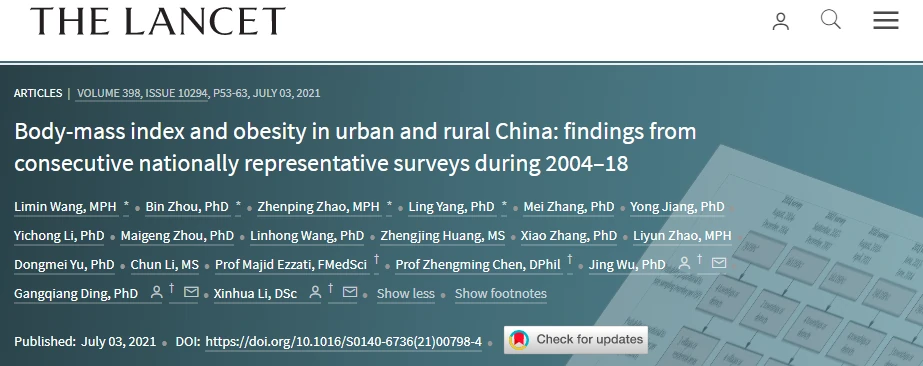
Data for this study were derived from six nationally representative health surveys completed by the China Chronic Disease and Risk Factor Surveillance Project between 2004 and 2018. A total of 645,223 people aged 18-69 were included in this analysis. The results show that:
Chinese people are getting fatter
The normalized mean BMI of Chinese adults increased from 22.7 kg/m² in 2004 to 24.4 kg/m² in 2018, mainly driven by weight gain rather than height change.
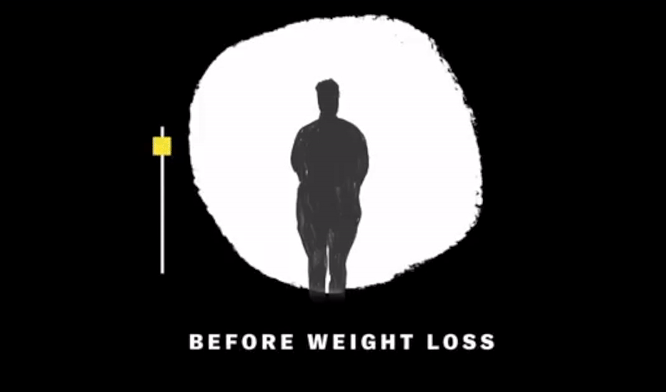
Where does fat grow most harmful to the body?
When the human body stores subcutaneous fat, it also stores visceral fat.
A certain amount of visceral fat is necessary for the human body to support, stabilize and protect the internal organs.
However, when there is excess nutrition in the body, fat will continue to accumulate in the internal organs, which will lead to cardiovascular and cerebrovascular diseases such as hyperlipidemia, hypertension, diabetes, arteriosclerosis, heart disease, and metabolic syndrome.
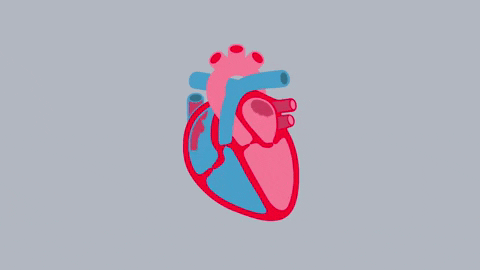
Visceral fat mainly exists in the abdominal cavity, such as the liver, pancreas, stomach, intestines, and other organs around and inside, and its obvious manifestation is abdominal obesity.
Is your visceral fat excess?
The easiest way to determine whether your visceral fat exceeds the standard is to calculate the ratio of waist circumference to hip circumference.
Test 1: Use a tape measure to measure the waist-to-hip ratio (waist-to-hip ratio = waist circumference ÷ hip circumference).
Method: Stand upright, inhale gently, and measure the waist circumference above the navel and the most protruding hip circumference with a tape measure.
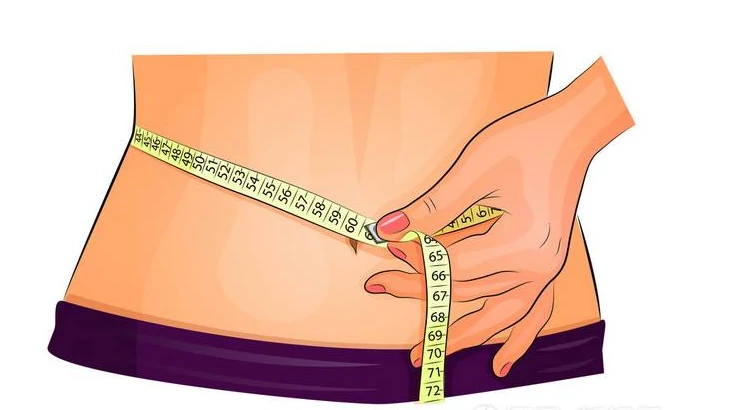
If the waist-to-hip ratio is greater than 0.9 for men and greater than 0.8 for women, it indicates a high-risk group with excess visceral fat, and the second step test needs to be performed immediately.
Test 2: Test the subcutaneous fat on the waist and abdomen.
Method: Try pinching around the belly button. If you can easily pinch up 2 cm, it means that the accumulation of subcutaneous fat;
How to lose weight if you are already fat?
Regarding weight loss, the World Health Organization’s recommendation is to lose 0.5 to 1 kilogram per week and 1 to 3 kilograms per month. This “uniform” weight-loss method has little damage to the body and is not easy to rebound.
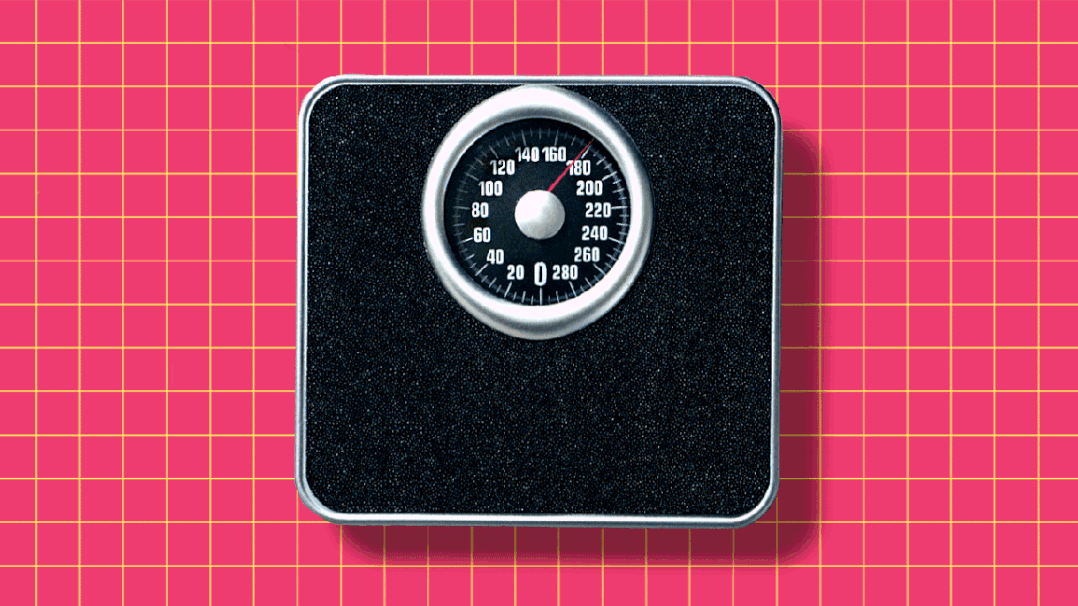
Weight loss is about fat loss, and fat is also a whole body. It can only be reduced in proportion to the whole body. Partial fat loss is unscientific. Only a combination of diet, aerobic, and strength training will slowly lose weight throughout the body. The specific methods are as follows:
- Eat less high-sugar and high-fat foods
In terms of diet, control the intake of carbohydrates and fats, and eat less polished rice, noodles, and sweets.
Low-quality carbohydrates (that is, foods with a high glycemic index) may be less healthy than most dietary fats.
The most conducive to weight control staple food: oats, brown rice, quinoa, buckwheat, etc. These whole grains have a strong sense of satiety and are cooked with rice in a 1:3 ratio, which is great for weight control.

Eat more fiber, eat more whole grains, vegetables, fruits, beans, etc., and increase high-quality protein, such as fish, chicken, eggs, milk, and soy products.
- Eat three meals regularly
People who often skip dinner will lead to weight gain.
The reason is that fasting at night may lead to retaliatory eating at breakfast and lunch the next day, and the intake of calories exceeds the standard, which is not conducive to weight control. So if you want to lose weight, eating regularly is the key.
- Do more aerobic exercise
People with a good physique can do moderate-intensity exercises, such as brisk walking, jogging, cycling, and Tai Chi. Fitness experts can participate in sports such as running, fast mountain climbing, stair climbing, and tennis.
The best exercise intensity is more than 60% of your maximum heart rate (maximum heart rate is 220 minus your age). The exercise time for each exercise should be at least 20 minutes, and 40 to 60 minutes is recommended.
- High-intensity interval training
High-intensity interval training is a combination of high-intensity exercise, low-intensity relaxation, and rest. For example, use a faster pace or climb for 3 minutes, then walk slowly on flat terrain for 2 minutes, repeating 6 times in 30 minutes.
In this way, the stimulation to the body is small, so that the human body is in a more stable and comfortable exercise state, thereby increasing the speed of fat burning.
- Guaranteed 7-9 hours of sleep
People who slept 7 to 9 hours per night had a 28% to 35% lower risk of abdominal obesity than those who slept less than 5 hours per night.
The last thing to note is: weight loss needs to be gradual. If you lose weight too quickly, it may cause problems such as weakness, hair loss, depression, and arrhythmia.